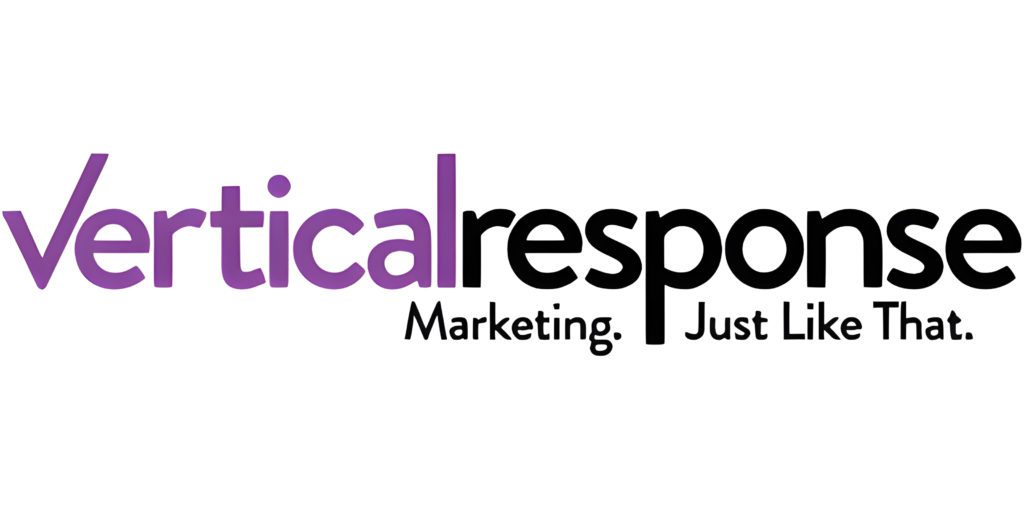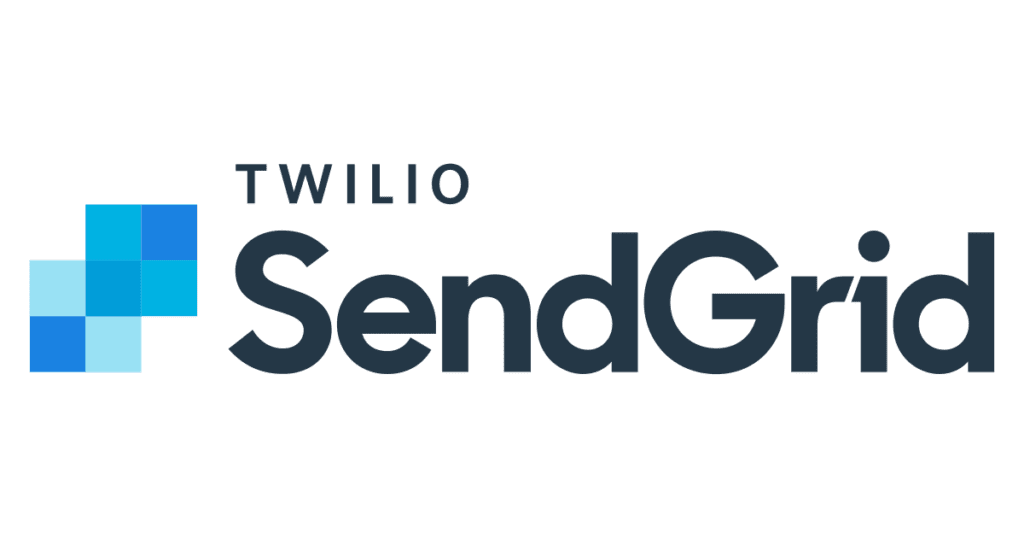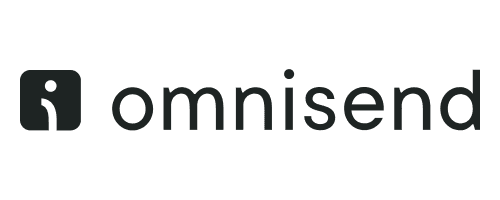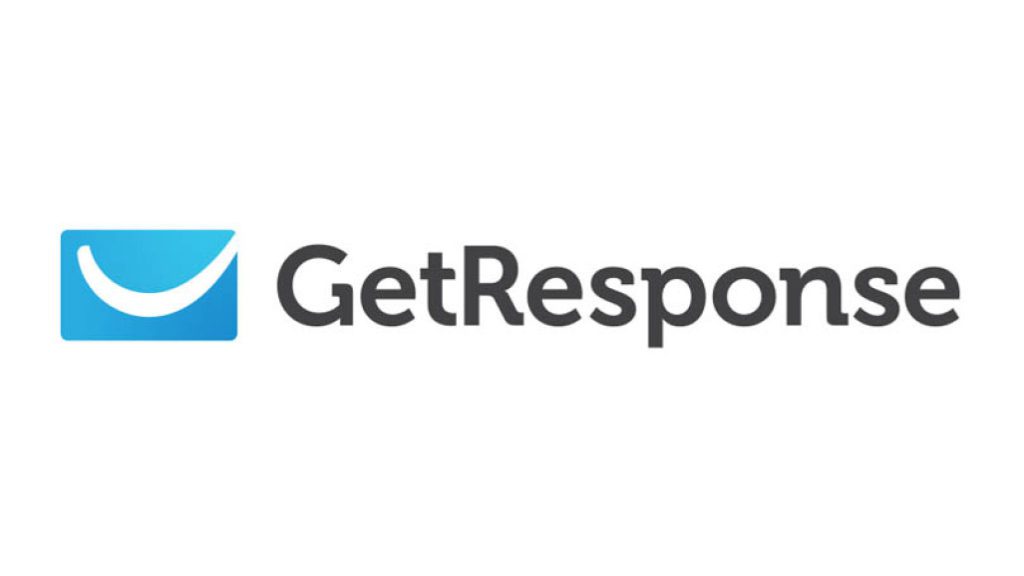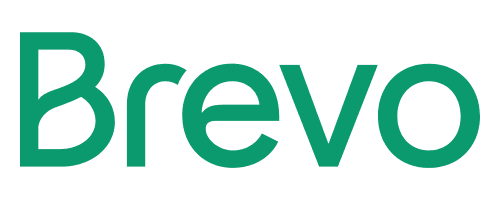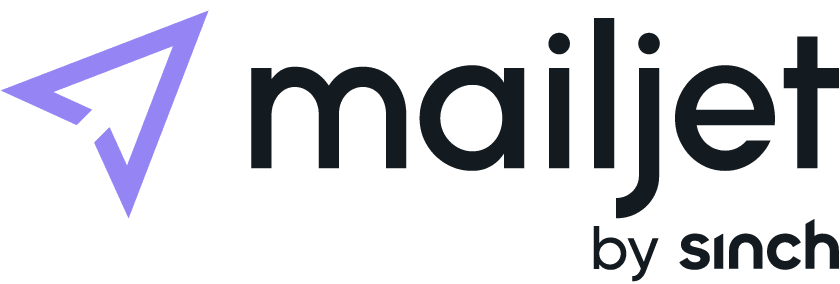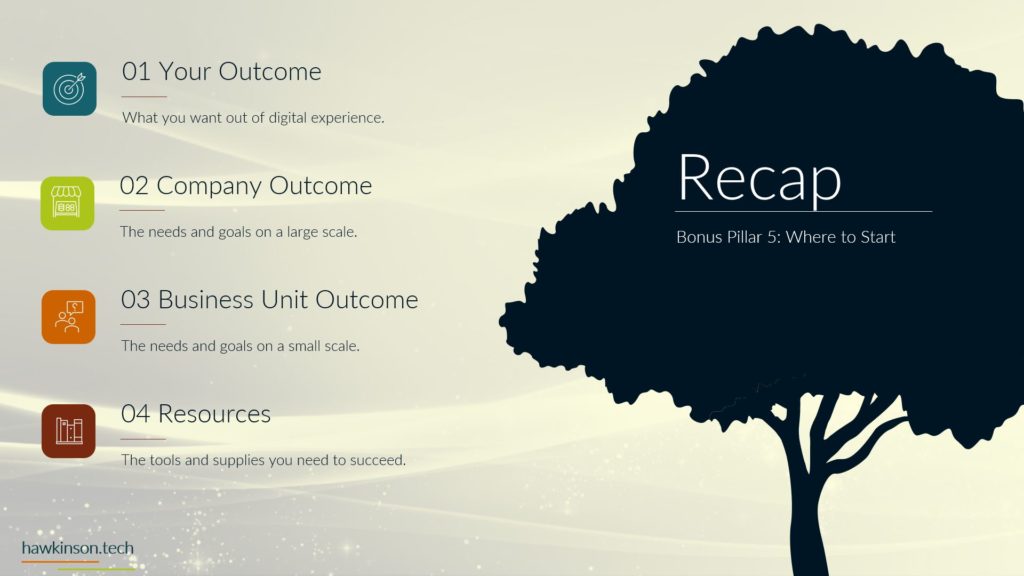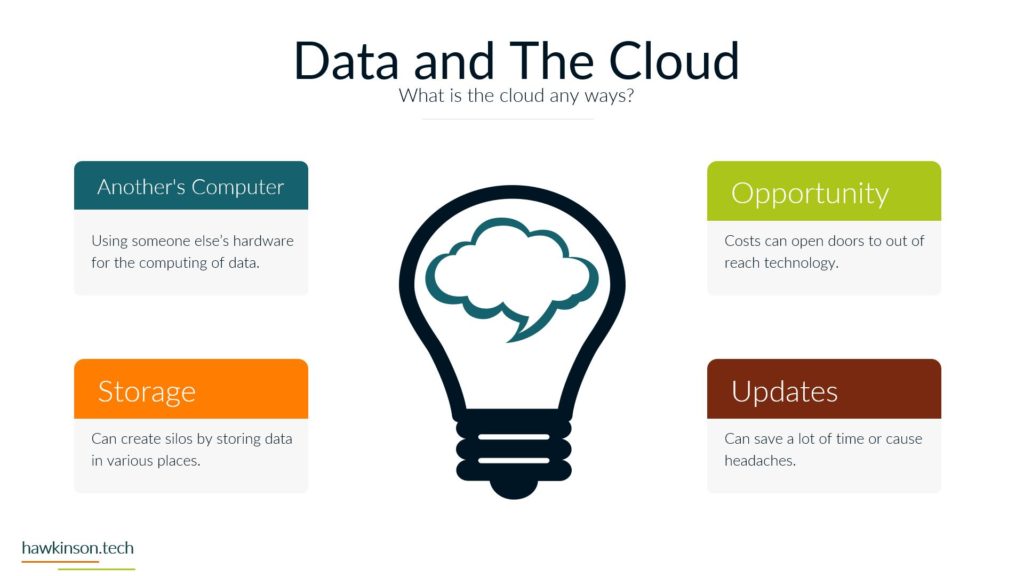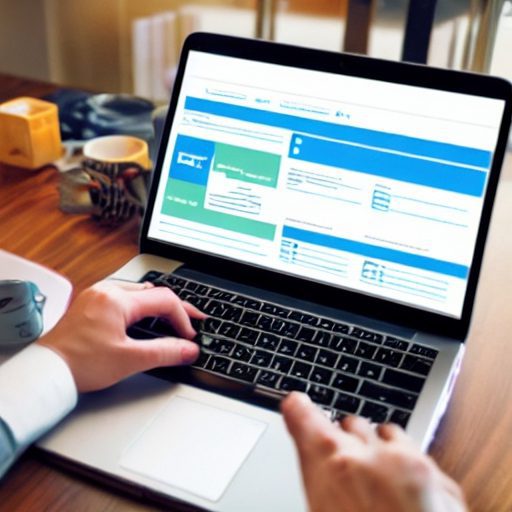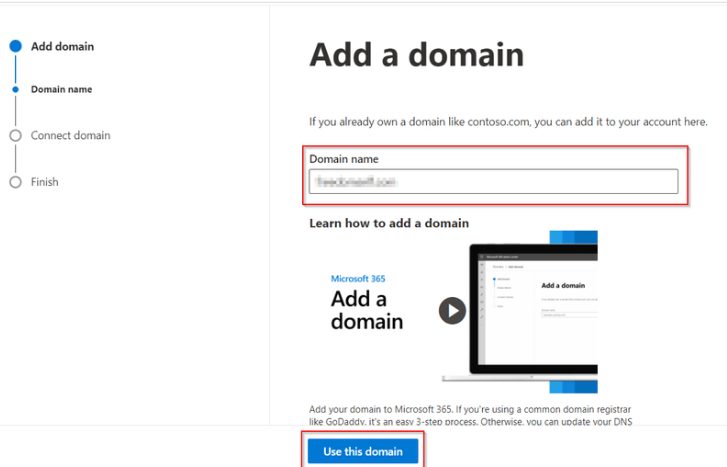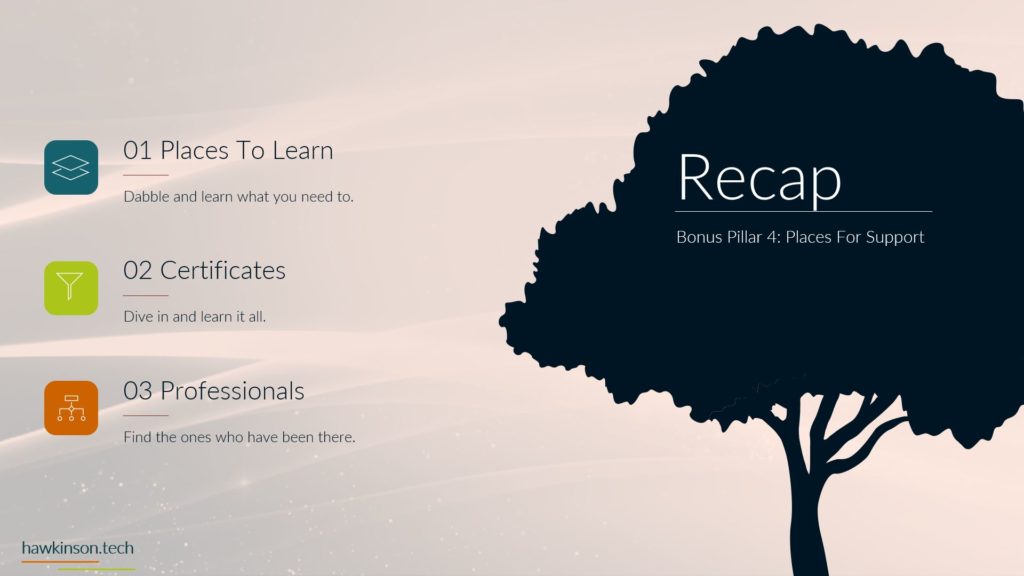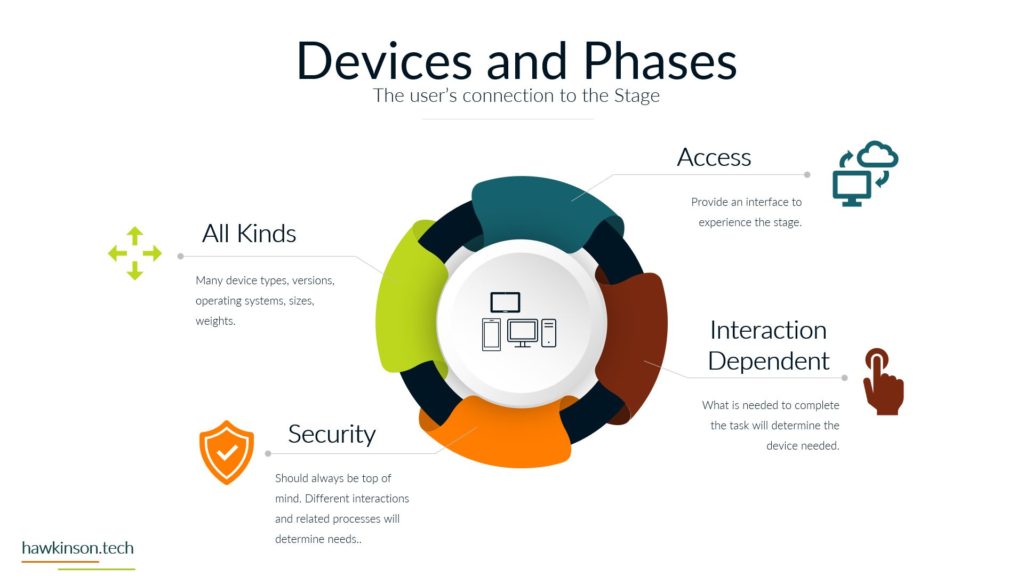Introduction
Every individual that is connected to your business in any capacity is a stakeholder. This includes customers that buy your products or services, employees that develop and provide those products and services, and suppliers that provide you with everything you need to keep your business running. Contractors responsible for transporting meals and transportation to your employees and third-party vendors that you rely upon for your cloud services are also stakeholders you should take into account when developing your digital experience architecture. All stakeholders, regardless of the “depth” of their relationship and interactions with your business, are crucial for its survival and growth.
In order to understand your stakeholders and how they connect to (or can connect to) the digital experience you create, there are four things you need to understand about these stakeholders:
- What kind of stakeholders are they – Internal or external? Both different types of stakeholders have different relationships, hierarchies, expectations, connections, and influence on your business.
- The lenses of your stakeholders define and govern how they perceive your business. These lenses are the mindset of the thought process, inherent heuristic techniques, mindset, etc.
- The devices stakeholders use to connect and engage with the business or discharge their duties for the business (internal stakeholders).
- Software and applications bridge the gap between stakeholders using their devices (and wielding their lenses) and the digital experience architecture the company has built.
Internal vs. External Stakeholders
Stakeholders in any business can be divided into three broad categories:
Internal Stakeholders: Employees are the primary internal stakeholders. In some cases, contractors and freelancers working directly with the business for a significant amount of time can also be considered internal stakeholders. They require different digital experience considerations than employees whose entire employment lifecycle has to be taken into account for the experience.
External Stakeholders: Customers, clients, and consumers are the primary external stakeholders, and they differ from business to business.
Mixed Stakeholders: Suppliers and contractors incorporate traits of both internal and external stakeholders, and the relationship varies based on the depth and frequency of their interactions with the business.
All stakeholders are connected to the business in different ways, and they move through the business differently. The first classification (from an experience architecture perspective) is the three different layers the stakeholders move through. The three layers are input, current, and output. A customer’s input layer would be their journey of becoming the customer of the business (from recognition to purchase), the current layer would be their interaction with the business as recognized/repeated customers, and the exit layer would be the customer moving on to a different business’s products or services. The layers for internal employees would be the entire hiring process (input), their entire employment life cycle (current), and retirement/transition to a different job (output).
Each layer is further divided into funnels, which have their own steps/levels. This division aims to identify the nuances of a stakeholder’s journey through each layer, tie it to metrics and KPIs, track it, and improve it by providing the right experience. These funnels range from simple to sophisticated. A hand-written sign posted in front of a restaurant offering 30% off on the entire menu is a simple two-step funnel (recognition and purchase). In contrast, a business hiring a CTO can be an elaborate funnel different candidates would go through.
Funnels and layers are a crucial part of every business, from traditional businesses with no digital elements to completely online businesses. Making these funnels and layers part of the digital experience architecture requires the use of the following three stakeholder “elements.”:
- Devices: Every stakeholder will use certain electronic devices to connect with a business. For now, mobile phones and computers are chief among them, but as the Internet of Things (IoT) grows, this pool will get significantly bigger. Customers will use their own devices to connect to the business. Employees, on the other hand, may use devices provided by the business. Mixed stakeholders may have access to both. The primary purpose of these devices is to facilitate a connection to the digital experience architecture of the business via software.
- Software: It will form the core of the digital experience. The software includes everything from digital marketing channels and online stores for external stakeholders (customers) to tools and proprietary platforms internal stakeholders use while fulfilling their duties to the business.
- Data: The combination of hardware and software will be developed, sustained, and improved by data. It’s a massive component of the digital experience, and data collected from different stakeholders is used to improve and fine-tune the digital experience of the stakeholders.
Lenses
The lenses define a stakeholder’s perception and, by extension, their relationship with the business. It’s driven by multiple factors, including their mindset, thought process, psychology, experience, and emotions. Heuristics, i.e., our mind’s ability to reach conclusions and solve problems by simplifying them, often govern how stakeholders engage with a business.
Concerns/Pain Points
Concerns and pain points are any of the problems the stakeholders are facing that you can solve with your products, services, and processes.
It’s different for customers (external stakeholders) and employees (internal stakeholders). Pain points for a customer that hasn’t used a product or service like yours would be lack of familiarity, distrust, cost, etc. Your goal should be to connect your product and service to the unmet needs of prospective customers and present your product/service as a realistic answer to those needs. Customers that already use products/services like yours will be more concerned with comparison, i.e., how your products/services differ from your competitors that they have worked with in the past.
For employees, concerns would be mainly around process complexity, procedures, resources, etc. Streamlining the processes and procedures and offering more transparency about resources can help you alleviate the concerns of internal stakeholders. For internal stakeholders, the concerns also include working conditions, work-life balance, compensation, growth, etc. A business should understand what internal stakeholders (employees) are concerned about and if and how these concerns can be answered. Because if it can’t, productivity will go down, and employees might simply leave for a different employer.
In contrast, the concerns of the external stakeholders are mostly associated with the products and services you provide and how you treat and support the customers. This includes everything from pricing to warranties and customer services.
Skills
You have to take the “skills” of your stakeholders into account as well, and it’s a relatively tricky lens. For example, you have designed a great customer experience that takes advantage of cutting-edge technologies like VR and AR, but most of your customers do not have adequate digital literacy skills to benefit from that experience. The ROIs would be abysmal.
From an internal stakeholders’ perspective, identifying the skills you need during hiring and building upon those skills during the employment lifecycle is crucial to fully leverage your human capital. For internal stakeholders, these skills include communication, conflict management, technology, leadership, problem-solving, and hard skills specific to the role they are hired for.
For external and mixed stakeholders, digital literacy is one of the most crucial skills, but there are others as well. If you offer financial products, solutions, and services, the customers should have a basic understanding of finances to realize why you are a good match for them (from your marketing/educational material).
Background
The background of your external and internal stakeholders is another important factor to consider. For customers, the background includes their education level, experience, culture, etc. You can’t market a new herbicide to educated farmers in first-world countries and uneducated farmers in third-world countries the same way because they each have different backgrounds and concerns. For one group, you will focus on its efficiency, safety, and compliance. For others, you will boil down the benefits to price, effectiveness, and ease of use.
Internal stakeholders bring their own experience and culture to the table. This includes things they were exposed to and practices they were used to in the last workplace, and if there is a radical difference between their past workplace and the current one (yours), you have to ensure that the wrong things do not seep into their actions and how they perform their duties when they are working with your business. If you task lab researchers with field work and expect machinists and fabricators to blend seamlessly into pristine laboratory conditions (without proper induction and support), you will be disappointed with the results.
Resources
Resources are what stakeholders have available to them, and they should always be tied to what your business’s expectations are from them. Resources have a stronger influence on internal stakeholders since their resources are your responsibility. You have to make sure they have access to adequate resources for the job, and you don’t over or under-provide for them because they might be wasteful with too many resources and unsuccessful without adequate resources. If you don’t provide enough resources, they may push themselves harder and leverage their problem-solving skills, but they will naturally strive for a passable version of your expectations, not the best version. The resources you provide should match the expectations. If you cannot provide the best resources for the job, you should lower your outcome expectations or give them more time and support to work around the disadvantage.
The external stakeholders’ primary resource that you should be concerned with is their financial resources; make sure it’s an effective match. If you are targeting an audience with a broad socioeconomic background, make sure there are pricing tiers for each segment. Even the most compelling digital experience cannot help you sell your business and services to an audience that can’t afford them or is priced too low compared to what they spend on a similar product; you may not be able to connect with them. You should also match products and services to other resources, like the availability of certain natural elements and infrastructure. You can sell many Jet Skis in landlocked countries or snowmobiles in countries that see almost no ice.
Desires
Knowing what your stakeholders want from your business, how they want it, and when they want it can have significant consequences on the digital experience architecture you design. The desire for internal stakeholders is mostly connected to their employment with the business. This includes their compensation, the benefits they get, career advancement chances, learning opportunities, work-life balance, etc.
For external stakeholders, the primary desire is to get the best product/services at the most optimal price. Fulfilling this desire requires you to balance their expectations with your cost and profit margins. If you lean too much in either direction, you will hurt either the customers or yourself.
Building an experience that helps you meet the desires of both internal and external stakeholders will ultimately be beneficial for your business.
Network
The last lens your stakeholders use to look at your business is the network. For external stakeholders (customers), the network might be their peers, other shoppers who leave online reviews, family members/friends that might have comments about your products and services, and professionals whose advice they respect. The network has a significant impact on how an external stakeholder might perceive your product and may tip the scales in your favor or against them quite easily. It’s important to understand that you can only control this factor to a certain degree. If someone asks their trusted friend for what brand of an appliance they should get and that friend refers to them the brand they prefer, you may have a difficult time convincing them of your product. That’s because they will perceive this choice from the lens of a trusted source which may always weigh higher than your marketing.
For internal stakeholders, the network is the team/colleagues they work with, as well as mixed stakeholders like contractors and suppliers they are connected to. If the digital experience you are creating makes it easier for your internal stakeholders to leverage their network, you may see a rise in productivity. However, if you completely disregard the network and make ad-hoc pairings/teams, productivity may suffer a drastic blow.
Devices
Devices are what your internal and external stakeholders will use to digitally connect with your business and are an important part of the digital experience you create.
For external stakeholders, the devices they would use to connect with your business (most of the time) will be their phones or personal computers. They will use their cell phones to either download your application, see your videos, or connect with your business through the social media platforms they are on, using their phones. People who use computers for work may use them to connect with your business. It’s important to take this into account because if you design a digital experience that’s exclusive to one device (phone or computer), you will directly lose the other. If the experience is good on one device and poor on the other, you may lose a significant segment of your target audience.
If it’s well-equipped for overpowered and featureful devices (with AR/VR capabilities), you may not be able to connect with the audience with underpowered devices unless you serve them an equally engaging version of the experience. You may have more control over the devices you may provide to the external stakeholders, like tablets and kiosks in your physical location, simulators in conventions, gaming consoles, smart devices, or IoT devices you sell them.
You will have significantly more control over the devices your internal stakeholders will be using because you can offer them devices that are perfectly compatible with the digital experience architecture or develop an architecture that matches the hardware. Some of the major concerns associated with devices for two different kinds of stakeholders are:
- Safety
- Compatibility
- Cost (for internal stakeholders)
- Compliance
Software
The software part entails every digital tool, system, platform, and application your stakeholders use to connect with you. We can even stretch it to include your social media presence that external and internal stakeholders can connect with using their devices.
The software is the most fluid aspect of your stakeholder management because you can develop it from scratch or configure it for your stakeholders.
For your internal stakeholders, the software will entail every tool they can access to complete their jobs, and choosing the right tool can literally be a make or break for your business. Different employees will need different tools. Your customer experience personnel may need a good CRM tool, while your HR professionals will need tools related to payroll and employee lifecycle management. You can choose each individual tool which may cost more and may be a nightmare to integrate but will probably get you the best in each category. Or you can invest in a consolidated family of tools merged into one platform that’s industry standard for your business. Each consideration comes with its own pros and cons.
For external stakeholders, the software should take into account things like ease of use, transparency, security, and adequate sophistication.











